Spice Up Your Life: A Fun Guide to the World's Most Diverse Chilis
Table of Contents
Introduction to the World of Chilis
Chilis are more than just a fiery kick in your food—they're a global treasure. From the smoky warmth of ancho chilis to the blistering heat of ghost peppers, each variety brings its own unique flavor, aroma, and intensity to the table. Whether you're a seasoned chef or a curious foodie, understanding the different types of chilis can open up a whole new world of culinary possibilities.

Imagine walking through a field of chilis, each one glowing with its own personality. That's the beauty of this diverse family of plants. Let's dive into the world of chilis and discover what makes them so special.
Different Types of Chilis and Their Characteristics
There are hundreds of chili varieties, but some stand out for their distinct flavors and uses. Here’s a fun and informative breakdown of a few popular ones:
| Chili Type | Heat Level (Scoville) | Flavor Profile | Common Uses |
|---|---|---|---|
| Jalapeño | 2,500–8,000 | Mild, grassy, slightly sweet | Guacamole, salsa, stuffed peppers |
| Serrano | 10,000–25,000 | Sharp, peppery, slightly citrusy | Hot sauces, salsas, pickling |
| Chipotle | 2,500–8,000 | Smoky, earthy, slightly sweet | Adobo sauce, stews, grilled meats |
| Cayenne | 30,000–50,000 | Pungent, sharp, slightly tangy | Seasoning blends, hot sauces, spice mixes |
| Habanero | 100,000–350,000 | Fiery, fruity, floral | Hot sauces, salsas, desserts |
| Ghost Pepper | 800,000–1,041,450 | Extremely spicy, sweet, smoky | Chili challenges, extreme hot sauces |
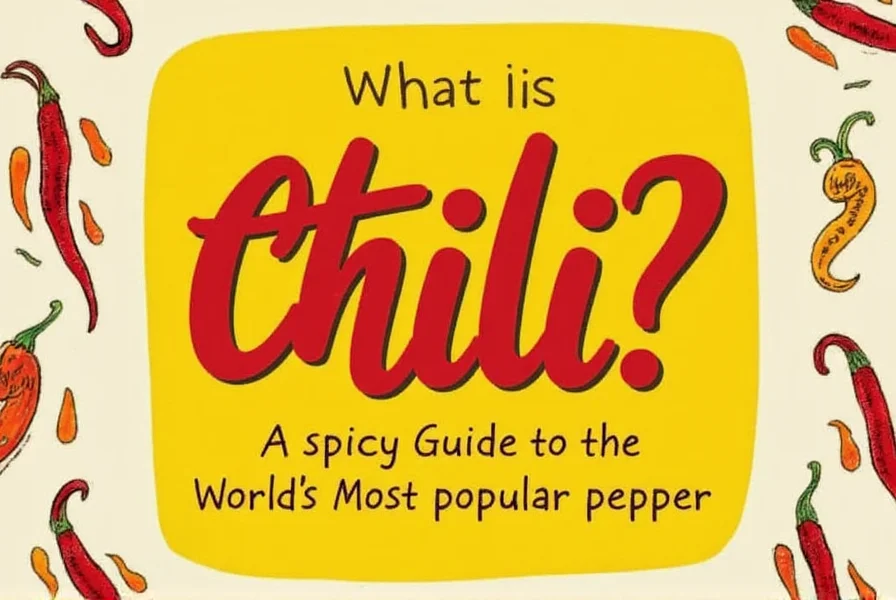
As you can see, there's a chili for every taste and occasion. Some are mild and perfect for beginners, while others are for those who like to push their limits. The key is to understand the flavor profile and heat level before using them in your recipes.
Cooking with Chilis: Tips for Every Level
Whether you're a pro or just starting out, here are some tips to help you make the most of your chilis:
- Start Small: Even a small amount of a strong chili can change the flavor of your dish. It's always better to add more than to overdo it.
- Use Gloves: Always wear gloves when handling fresh chilis to avoid transferring capsaicin to your skin or eyes.
- Roast for Depth: Roasting chilis can bring out their natural sweetness and add a smoky depth to your dishes.
- Balance the Heat: If your dish is too spicy, try adding a bit of sugar, cream, or yogurt to tone it down.
- Experiment with Pairings: Chilis go well with a variety of ingredients—try pairing them with citrus, chocolate, or even fruit for unique flavor combinations.
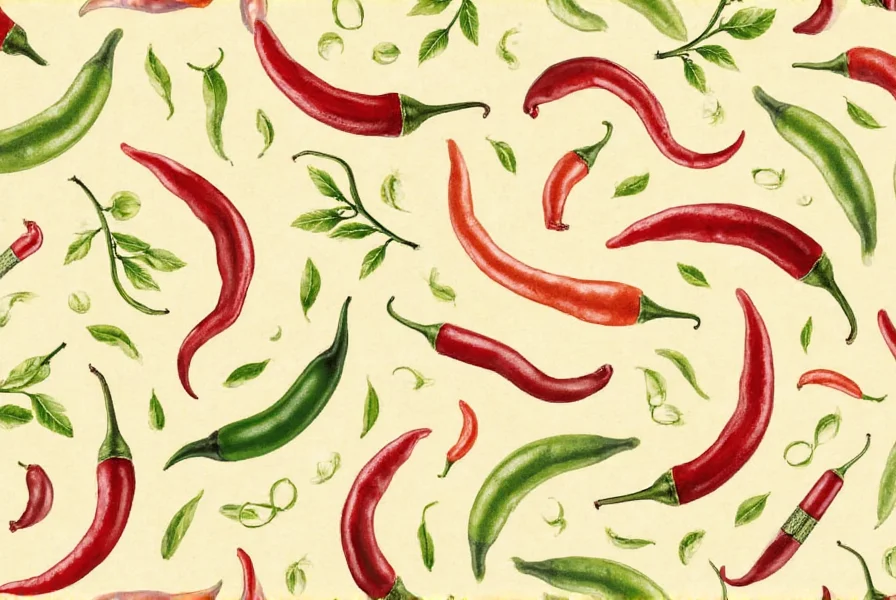
Remember, cooking with chilis is all about experimentation and personal preference. Don’t be afraid to play around with different types and preparations to find what works best for you.
Buying Guide: How to Choose the Right Chili for You
When it comes to buying chilis, there are several factors to consider, including quality, freshness, and how you plan to use them. Here’s a quick guide to help you choose the right chili for your needs:
Types of Chilis Available
- Fresh Chilis: Ideal for recipes that require a vibrant, raw flavor. Look for firm, shiny chilis without any soft spots.
- Dried Chilis: Great for adding depth and complexity to dishes. They’re often used in sauces, stews, and spice blends.
- Ground Chilies: Perfect for seasoning and spice mixes. Be sure to check the origin and heat level before purchasing.
- Hot Sauces and Pastes: These are convenient for adding instant heat to your meals. Choose based on your preferred heat level and flavor profile.
Recommended Products
If you're looking for high-quality chilis, here are a few top picks:
- Organic Jalapeños (Corti Brothers): Known for their crisp texture and balanced flavor, these are great for beginners.
- Smoked Chipotle Peppers (Hatch Chile Company): Perfect for adding a deep, smoky flavor to your dishes.
- Ghost Pepper Powder (Mashpee Hot Sauce): For those who love a challenge, this powder delivers intense heat with a hint of sweetness.
- Super Serrano Hot Sauce (Salsa Muy Loca): A versatile sauce that adds a punch of flavor without overwhelming your taste buds.
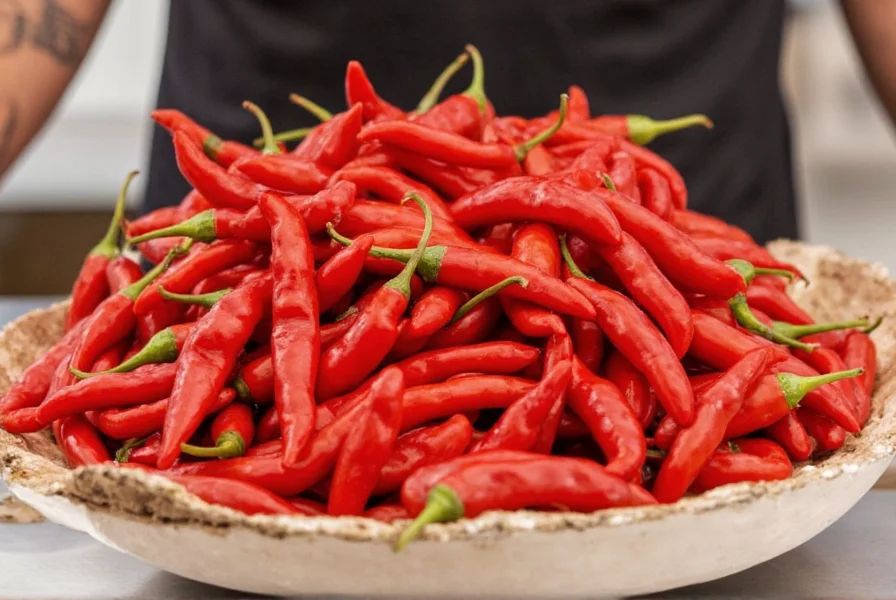
Who Should Buy What?
Here's a quick reference to help you decide which chili products suit your lifestyle:
| Product | Best For | Occasions |
|---|---|---|
| Organic Jalapeños | Beginners, casual cooks | Weekend meals, family dinners |
| Smoked Chipotle Peppers | Intermediate cooks, BBQ enthusiasts | Grilled meats, tacos, stews |
| Ghost Pepper Powder | Spice lovers, chili challenges | Special occasions, party games |
| Super Serrano Hot Sauce | Everyday use, versatility seekers | Snacks, sandwiches, dips |
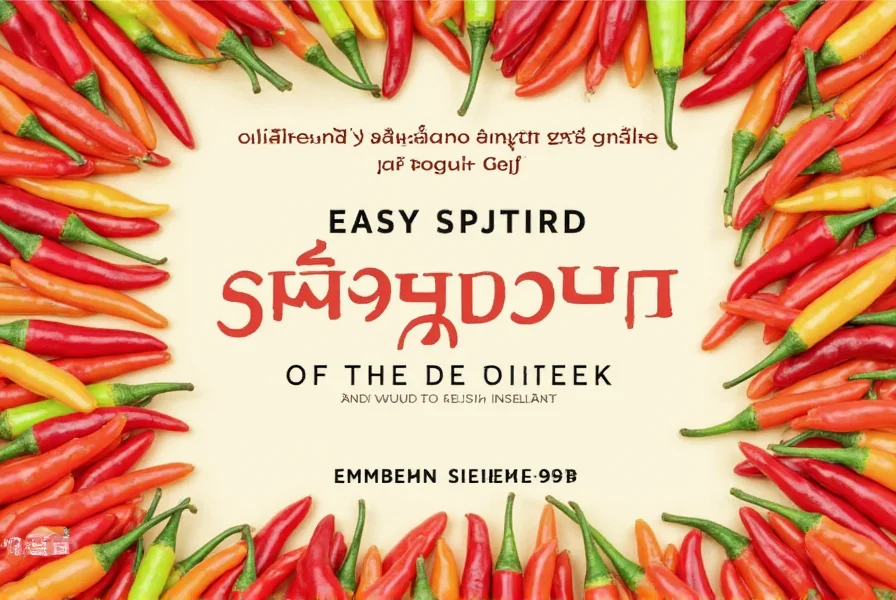
Conclusion: Embrace the Heat
Chilis are more than just a source of heat—they’re a celebration of culture, flavor, and creativity. By understanding the different types of chilis and how to use them, you can elevate your cooking and explore new tastes from around the world.
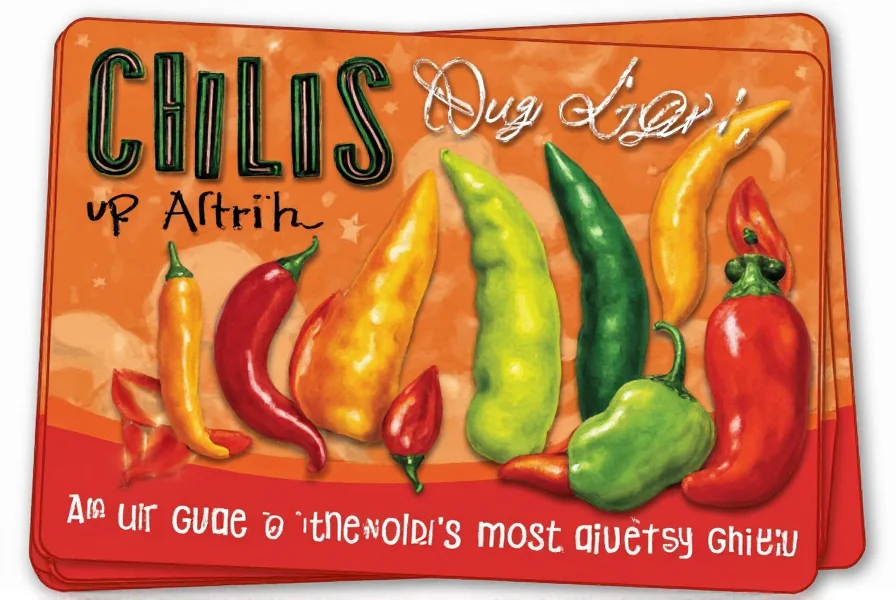
So next time you reach for a chili, take a moment to think about its story and the flavor it brings. Whether you're a seasoned chef or a curious foodie, there's always something new to learn and enjoy in the world of chilis. Stay spicy, stay curious, and keep experimenting!

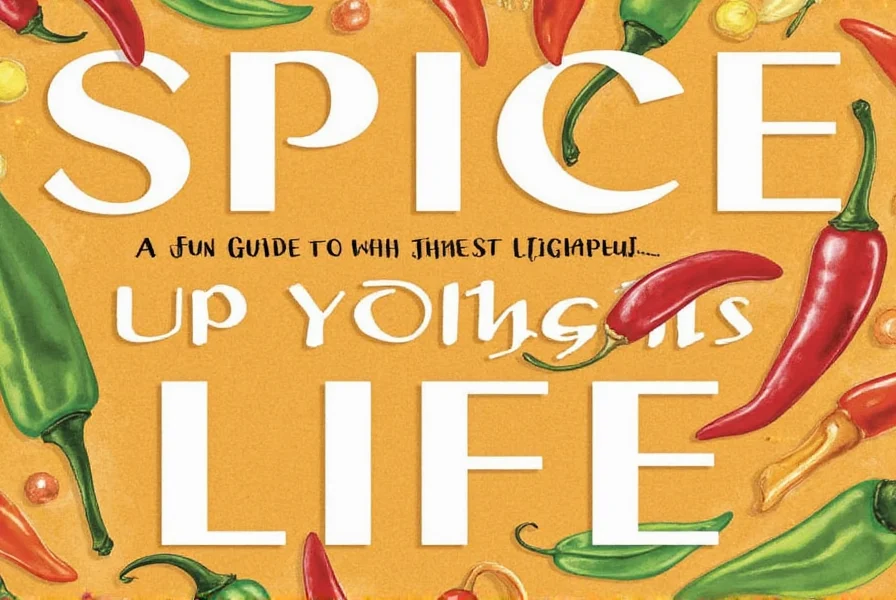









 浙公网安备
33010002000092号
浙公网安备
33010002000092号 浙B2-20120091-4
浙B2-20120091-4